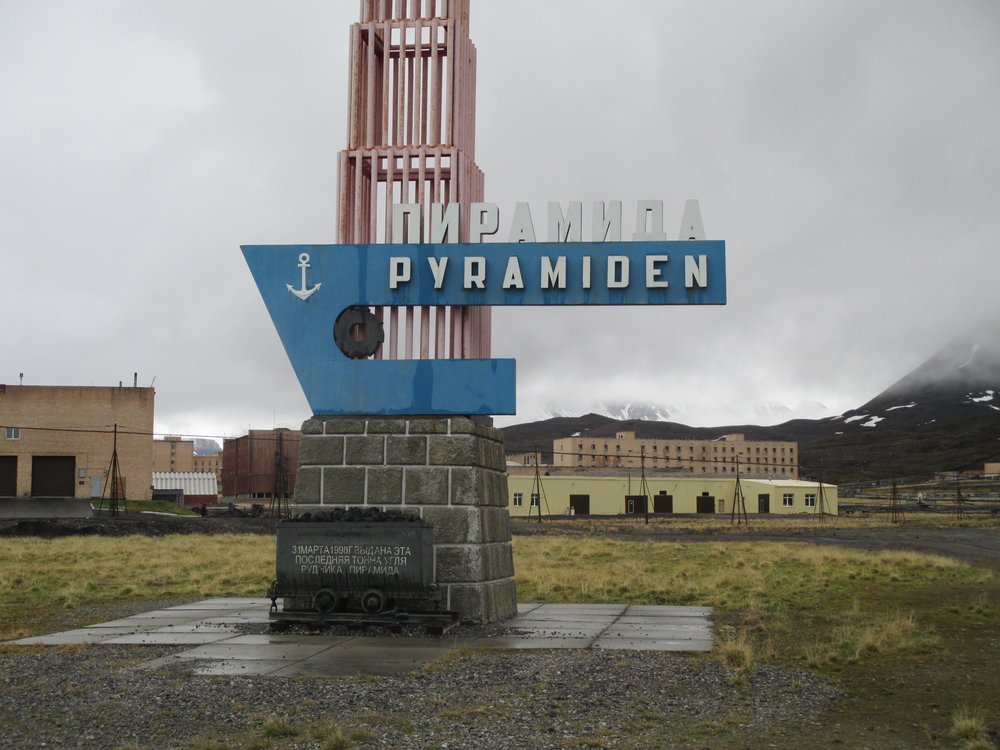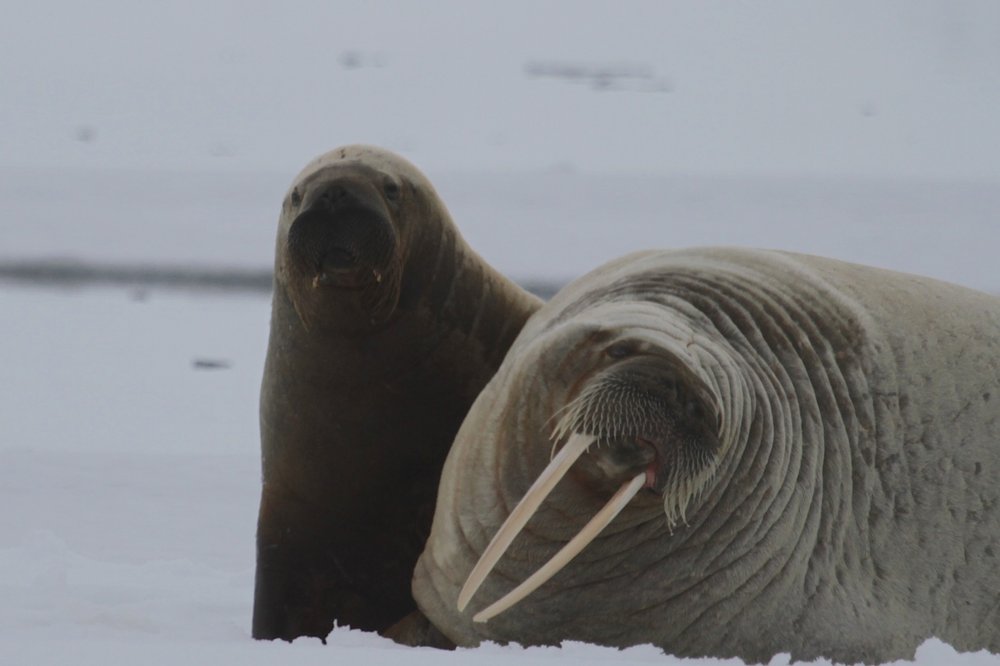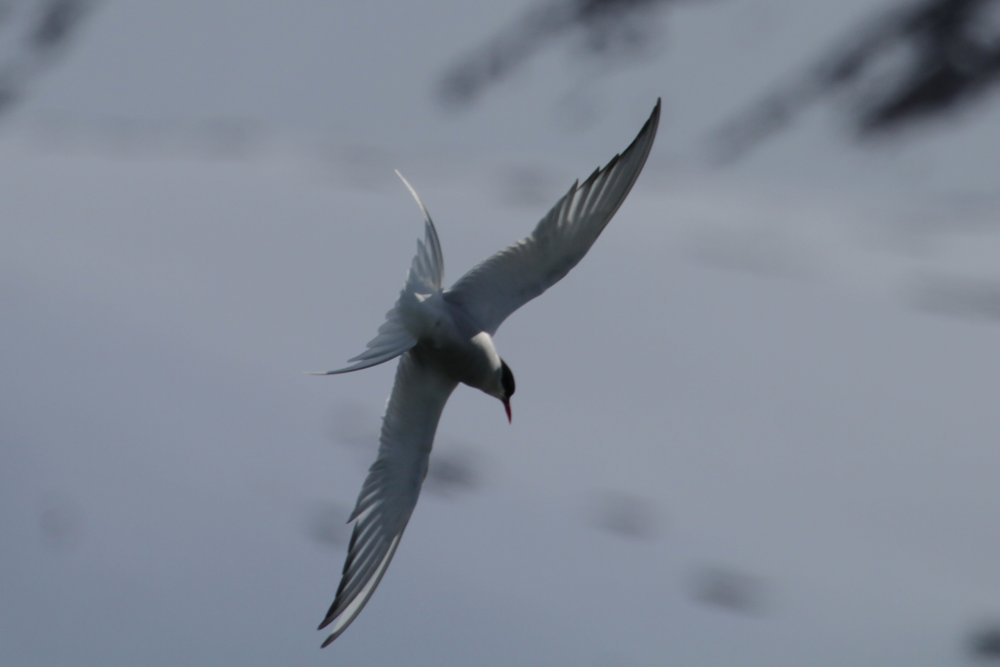
In 1896 Nansen with his traveling companion Johansen end their three year expedition in the Arctic crossing open water in kayaks made of skins stretched over a wooden frame. The kayaks were boxy and stable and could carry a large load. At one point, walrus surround their boats, and a walrus “shot up beside [Nansen], threw itself onto the edge of the kayak, took hold farther over the deck with one fore-flipper and, as it tried to upset [him], aimed a blow at the kayak with its tusks.” At another point, a walrus punches a hole through his boat.


